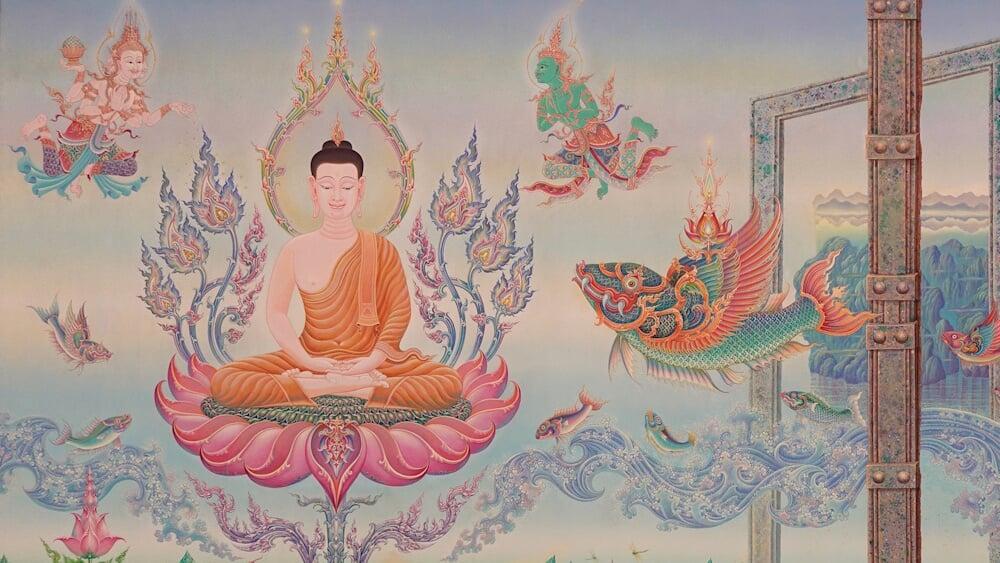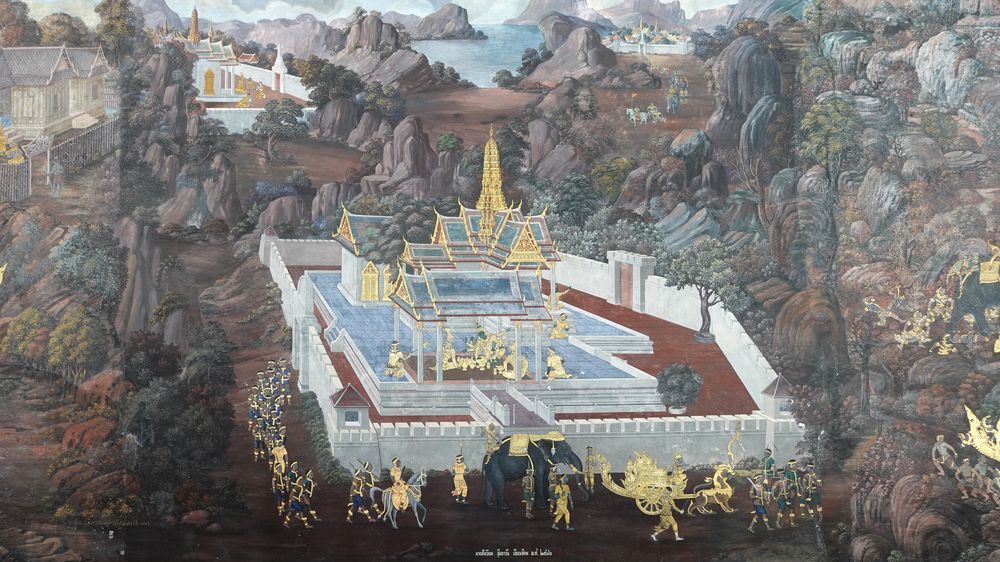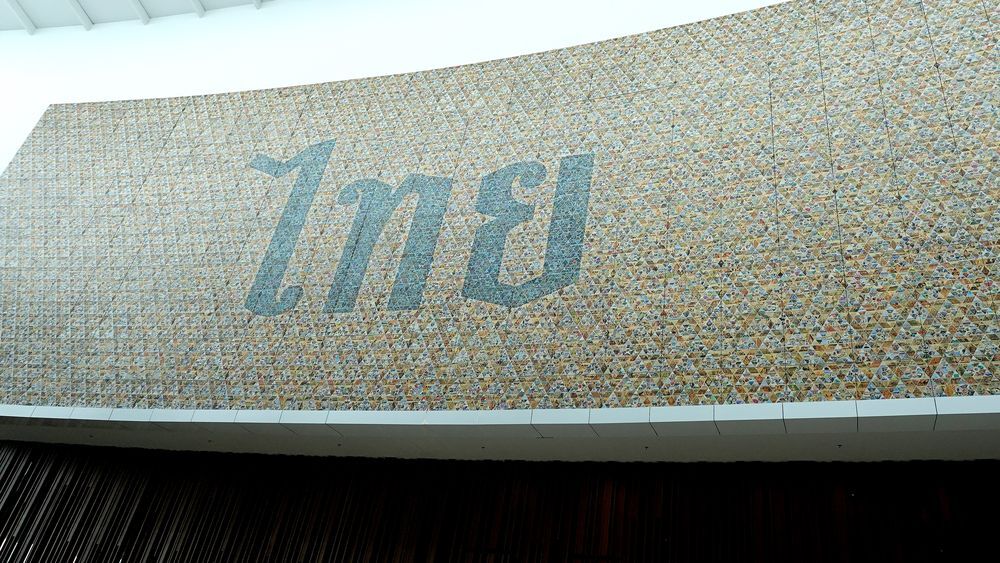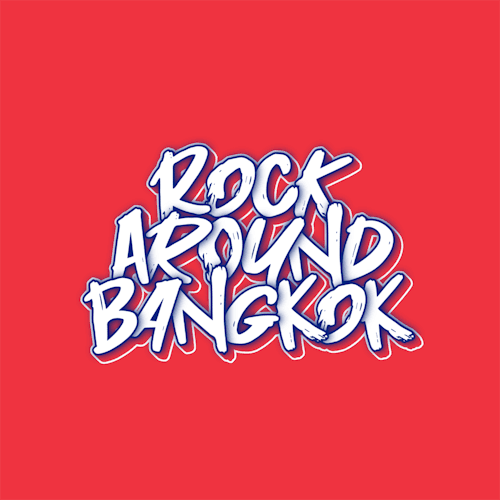


In traditional Thai culture, art was deeply intertwined with Buddhism
- The Kranok classification encompassed ornamental designs, known for their intricate and decorative patterns, often adorning various surfaces.
- In the Nari category, artists depicted human figures, portraying individuals such as men, women, and celestial beings with a remarkable attention to detail and expression.
- Under the Krabi classification, painters depicted scenes from the epic Ramayana, featuring characters like monkeys, giants, and mythical beasts. These artworks were characterized by their vivid portrayal of the narrative and its protagonists.
- The Kacha category showcased depictions of natural fauna, including elephants, horses, and tigers, alongside fantastical creatures imagined by the artists, often drawn from the rich mythology of the Himmapan Forest.
Origin of Lai Thai
Kranok: The Flame of Elegance
- Kranok Sam Thua: Featuring smaller flame-like motifs, embodying elegance and subtlety.
- Kranok Plaew: Known for its intricate lattice work, symbolizing the complexity of the universe.
- Kranok Bai Tet: Resembles the leaf of the Bodhi tree, representing the path to enlightenment.
Kranok's sinuous lines and dynamic forms inspire a sense of movement and transformation, encapsulating the essence of Thai spirituality and aesthetic sensibility.
Nari: The Human Narrative
- Monks, embodying spiritual devotion and wisdom.
- Women and men in traditional attire, representing the grace and beauty of Thai culture.
- Children and angels, symbols of innocence and celestial guidance.
The Nari patterns are a celebration of humanity, illustrating the diverse roles individuals play in the tapestry of life, as well as their journey towards spiritual enlightenment.
Krabi: The realm of Mythical Beings
- Monkeys, allies of the hero, symbolizing loyalty and bravery.
- Giants and demons, representing the challenges and obstacles in the path of righteousness.
These beings are not mere figments of imagination but are integral to Thai cultural narratives, embodying lessons of virtue, resilience, and the complexity of human nature.
Kacha: The symphony of the Natural and the Mythical
- Real animals such as elephants, horses, and buffalos, which are central to Thai history and economy, symbolizing strength, perseverance, and the agricultural backbone of the nation.
- Mythical creatures, including the graceful Kinnaree, the mighty Erawan (three-headed elephant), the elegant Hongsa (swan), and the formidable Garuda. These beings are more than mythical symbols; they embody the virtues, fears, and aspirations of the Thai people.
The Kacha patterns serve as a reminder of the interconnectedness of all living beings and the respect for nature that is deeply ingrained in Thai culture.

